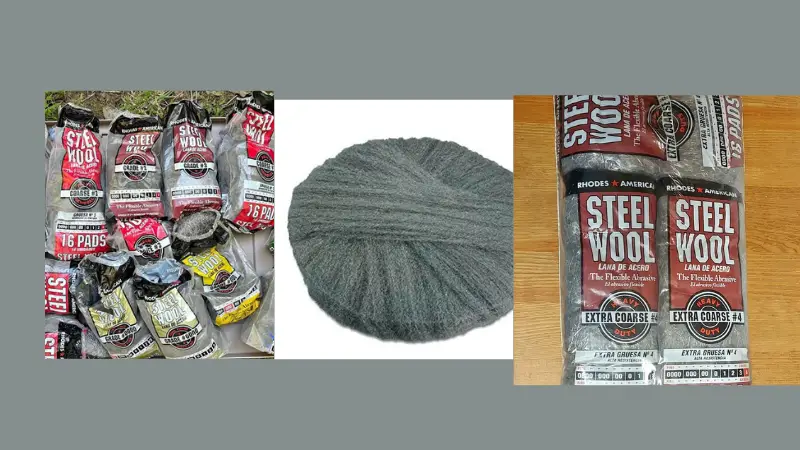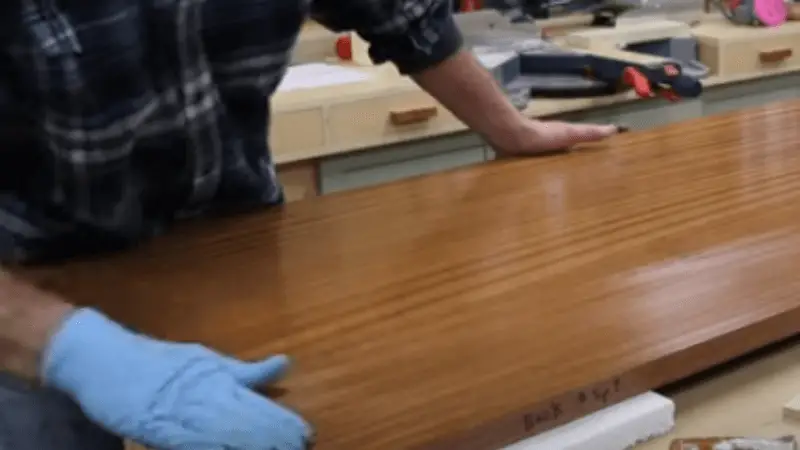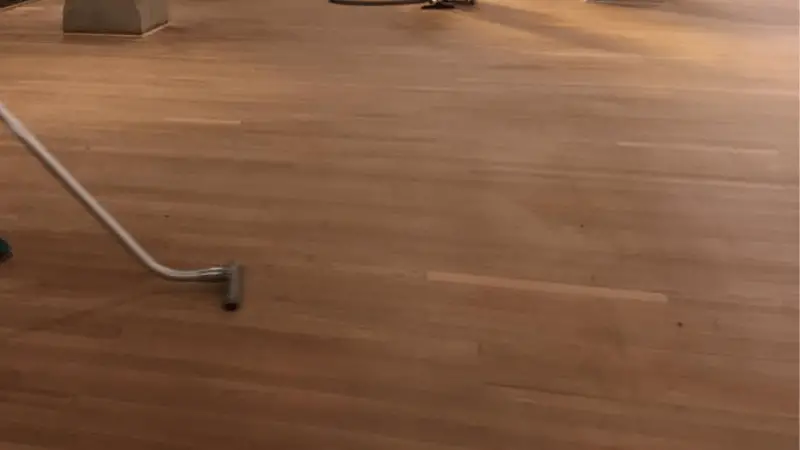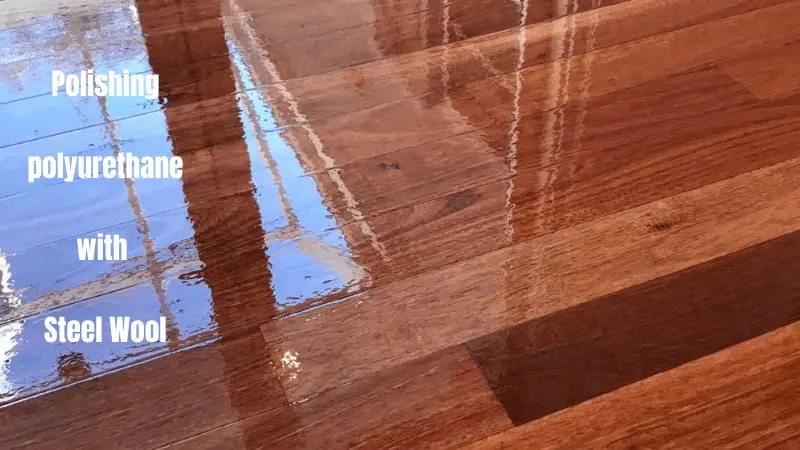Polishing polyurethane is an important step in working with this versatile material. While it’s common to end up with uneven surfaces during the initial application, these imperfections can be easily addressed using steel wool to smooth out brush strokes and roller marks. Not only will this improve the appearance of your project, but it will also enhance the sheen of the finish once it has dried.
This article will explore the steps you can take to polish your polyurethane with steel wool and achieve a smooth, shiny surface.
Types of Steel Wool for polishing polyurethane

Steel wool consists of tiny metallic wires bundled together to form a wool-like bundle for polishing and cleaning wooden and metal surfaces. Moreover, Steel wool exists in several categories in grades, starting with grade three, the coarsest.
The best grade for polishing polyurethane is the finest: grade #0000. This grade is finer than sandpaper grit. Moreover, given the wool nature of steel wool, it is better able to reach sharp curves, grooves, and edges.
Reasons for polishing Polyurethane with Steel Wool
One polishes polyurethane for several reasons. The first instance is during the initial application of the poly. When applying polyurethane for the first time, you should always polish the polyurethane. You do this to eliminate imperfections such as brush strokes or roller marks and enhance the polyurethane’s sheen for a smoother look.
Polishing Polyurethane with Steel Wool to even the surface and achieve Sheen
Step 1
When you have just freshly applied the polyurethane, allow it time to dry. Ideally, several days or even weeks are necessary. Once the wooden surface is completely dry, place the wooden project so you can see your progress through reflected light. You must place the surface you want to rub with steel wool this way. This is because it helps one to gauge the rubbing process to avoid uneven polishing or removing the polyurethane altogether.
Step 2
Using one or both hands, rub the steel wool in long straight strokes following the wood’s grain to prevent damaging the wood. The pressure on your hand is medium to heavy and constantly maintained throughout the strokes. The strokes should rub up near the edges of the wood surface to avoid cutting the polyurethane at its edges and reaching.

When it comes to boards that butt together cross-grain, it is advisable to rub the butting boards first before proceeding to the crossing boards. Since you can easily remove any scratches on the crossing boards later.
Step 4
Vacuum or blow off the dust once satisfied with the rub outcome. After the dust is completely removed, inspect the wood surface to ensure that the polish achieved is uniform along the entire surface. Moreover, reflected light on the surface will help you determine whether you have achieved the desired sheen.

Polishing Polyurethane with Steel Wool between coats
When applying the first coat of polyurethane on your wooden surface, say your wooden floor, furniture, patio, or countertop, you often use a brush. Brushes will leave behind brush marks that are readily visible and will affect the next coat if not smoothed out. To remove these imperfections, you should rub polyurethane using steel wool of coarser grain to remove the grooves and imperfections for the next coat. For the purpose of recoating, no extra care apart from achieving a fairly even surface is required.
Other imperfections may also arise, such as uneven coating. Another important reason for polishing polyurethane between coats is to achieve the best adhesion. You must smooth out these before adding another coat of polyurethane.
Point to Note before Polishing with Steel Wool
Sandpaper can nib off protruding surfaces before rubbing with steel wool. Moreover, using a lubricant with your steel wool is recommended to hide the rub-throughs. But you should ensure that the damages are not extreme.


After I stain my oak trim should I do a light steel wool sanding before my first coat of polyurethane ? What type of lubricant should I use with my steel wool ?